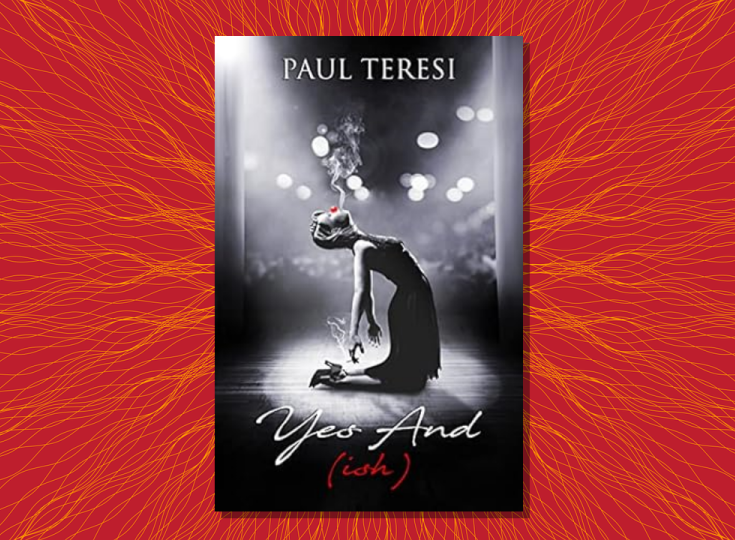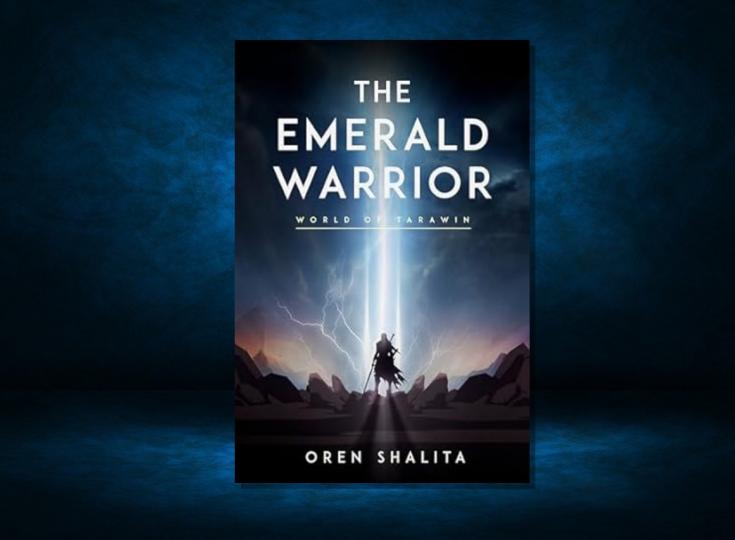Editorial Review: Yes and Ish by Paul Teresi

In Yes And (Ish), Paul Teresi explores the unpredictable ups and downs of life, through one unusual friendship. Incorporating improv-theater themes, constant witty banter, and quirky characters, the book still manages to take on the absolute tragedies of life.
The novel’s title comes from the classic advice for improv theater. When an actor or actress is involved in an improv scene, saying no to a costar’s statement or action drags the scene down. For lively, active improv, each player’s action should be a “yes, and…” response. This keeps the scene building and developing, creating a lively performance that’s more fun to watch and to perform. This idea of saying yes, and then building on it is the theme of the novel Yes And (ish).
When the novel opens, Lee is a struggling writer, who finds himself saying yes mostly to empty sexual experiences, not creative or professional ones, but he hopes to move more towards the creative fulfillment of his dreams. Readers see this tension between his self-centeredness and his undoubted creative talent throughout the book, developing as Lee himself grows and changes. When Lee moves into a new place for a fresh start, he stumbles into Lily, a talented actress who’s overcome with anxieties and unable to leave her apartment building. For Lilly, the tension is between her intense, overwhelming anxieties and her own immense creative talent. Their unusual friendship powers the rest of the novel.
The book looks at connections between creative intensity and emotional intensity, through these two characters and their complicated friendship. Lilly’s performance is mostly in comedy and character acting, despite many personal tragedies. Lee is a comedic writer, again, despite personal setbacks and loss. Yes And (Ish) shows readers how the highs of comedy connect with these deep personal lows, and relate them in unusual ways.
Lee begins documenting Lilly's journey from anxious agoraphobe back to an absolute star on stage, creating an unusual connection between the characters. At times, he pushes her outside her comfort zone, often quite literally, and at other times, he provides essential support and kindness for Lilly. Readers can see character growth on both sides, as Lee eventually learns not only to care about another person, but even to prioritize someone else’s needs and well-being. Lilly has to learn to cope with her anxieties, but not by hiding or ignoring her overwhelming emotions. Instead, she has to discover how to channel her own emotions into her creative work, making her a stronger actress. The novel delves into their relationship, and shows readers how both people are affected by knowing each other, with a very surprising but believable conclusion for both.
The book is filled with banter and quips, which adds to the improv feeling without distracting from the overall theme. Yes And (Ish) asks readers to consider the layers of human relationships, with a focus on the rippling effects of loss and of love, and to think about how that connects with the ideas of creativity and artistic success.
The author uses Lee and Lilly’s unique relationship to illustrate different life stages and the value of having a real friend through the setbacks and challenges of life.





